German Pinot’s Pride and Prejudice
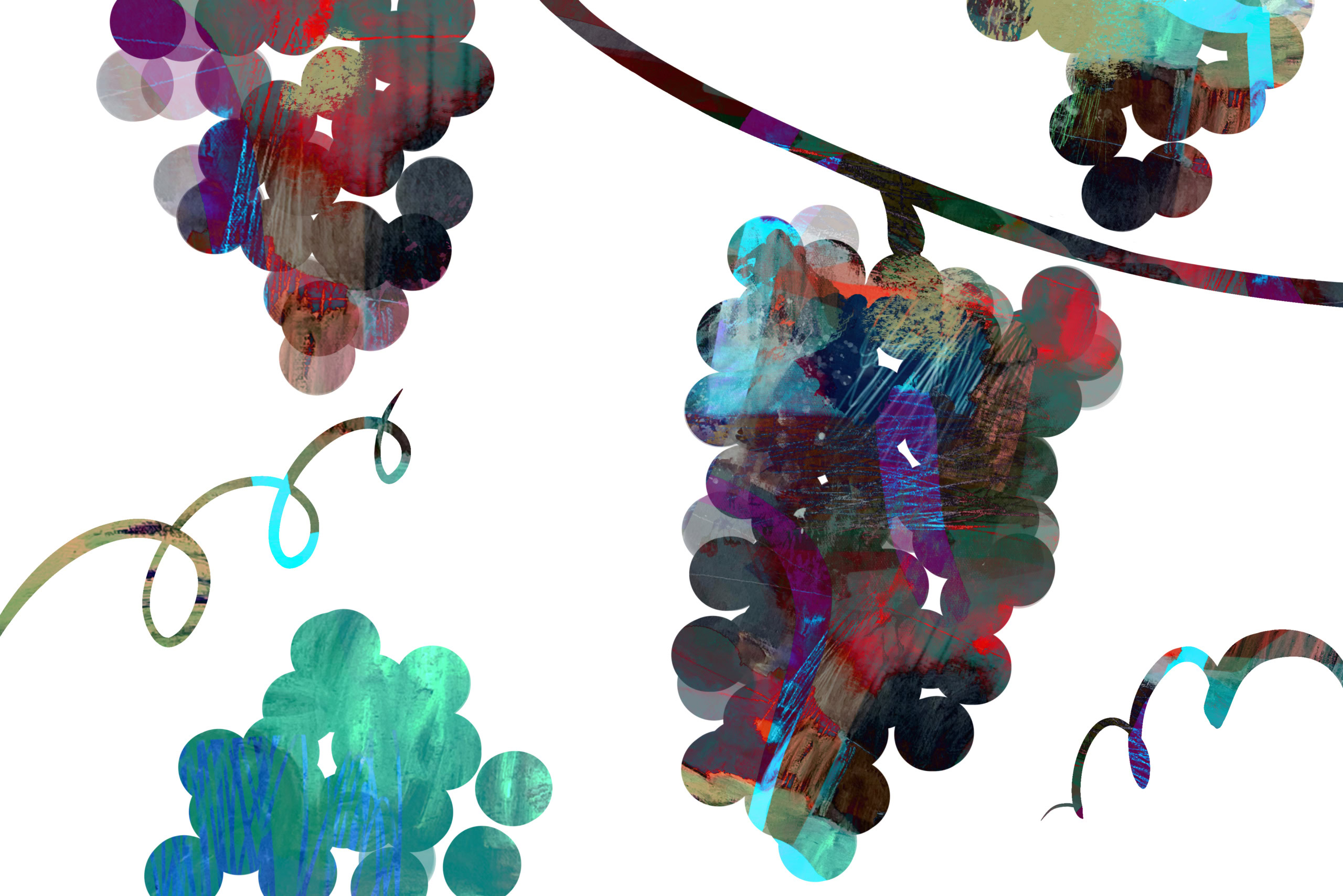
Can German Pinot Noir finally catch on or is forever fashionably spät(burgunder)?

Can German Pinot Noir finally catch on or is forever fashionably spät(burgunder)?
German-born but London-based, Anne Krebiehl MW is a freelance wine writer and lecturer. She covers Alsace, Germany, Austria, England and Grower Champagne for Vinous. She lectures, particularly on German wine, judges at international wine competitions and is a panel chair at the IWC. She loves high-acid wines and her work often focuses on Pinot Noir, Riesling, and traditional method sparkling wines. Her first book, The Wines of Germany (2019) won Domaine Faiveley International Wine Book Of The Year 2020 at the Louis Roederer International Wine Writers’ Awards.
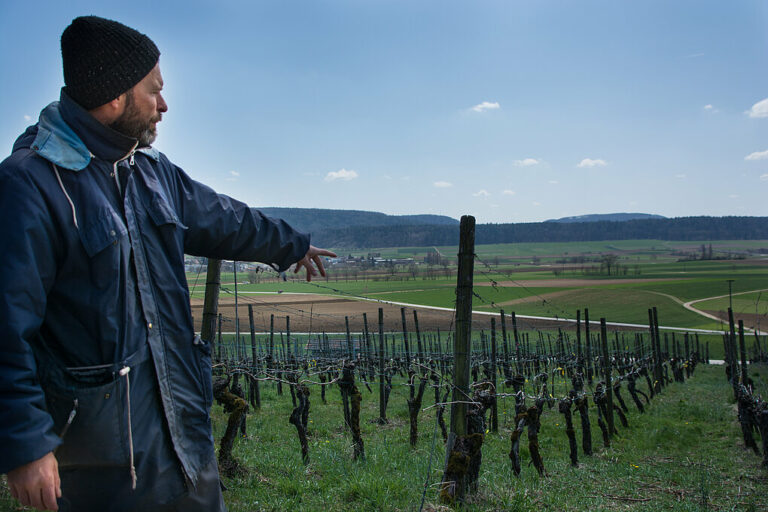
Swiss wines remain rare on the international wine scene. But a new generation of talent committed to uncompromising work and meaningfully sustainable viticulture is slowly changing this. Markus Ruch has been cultivating his own vineyards in the Klettgau, part of Switzerland’s northernmost canton, since 2007. He is widely credited with producing the first Swiss natural wines and leads the movement today. His Pinot Noirs and orange Amphore are served from NOMA in Copenhagen to Konstantin Filippou in Vienna. Ruch’s wines are classy. With a twist. For those less familiar with Swiss geography, the canton of Schaffhausen is situated north of…...
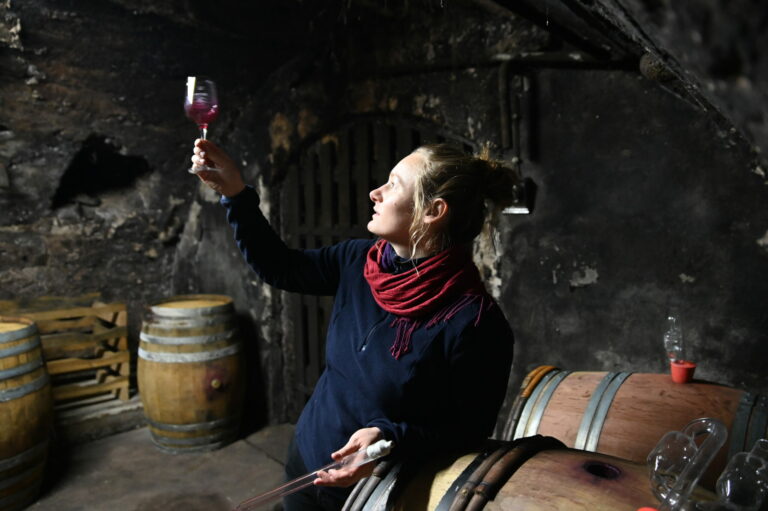
Piri Naturel is Christine Pieroth's independent line of natural wines in Germany's Burg Layen. Her wines bring a breath of fresh air to more straightforward Nahe’s wine scene.
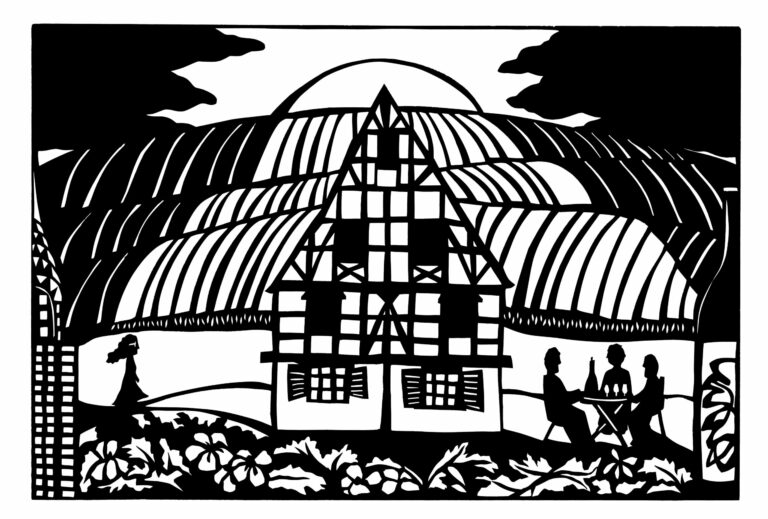
For a Jewish baby boomer like me, the Holocaust was always part of my DNA. Yet, I was not the child of survivors. My Polish grandparents were safely in the United States by the 1920s. The family they left behind were mostly killed. In yeshiva, where I spent a dozen years splitting my curriculum between religious and secular studies, we were frequently subjected to footage of emaciated bodies, piled up for burning or disposal. Teachers didn’t hide the numbers tattooed on their arms. But the personal horror stories my cousins told of Polish concentration camps and ghettos were the images…...
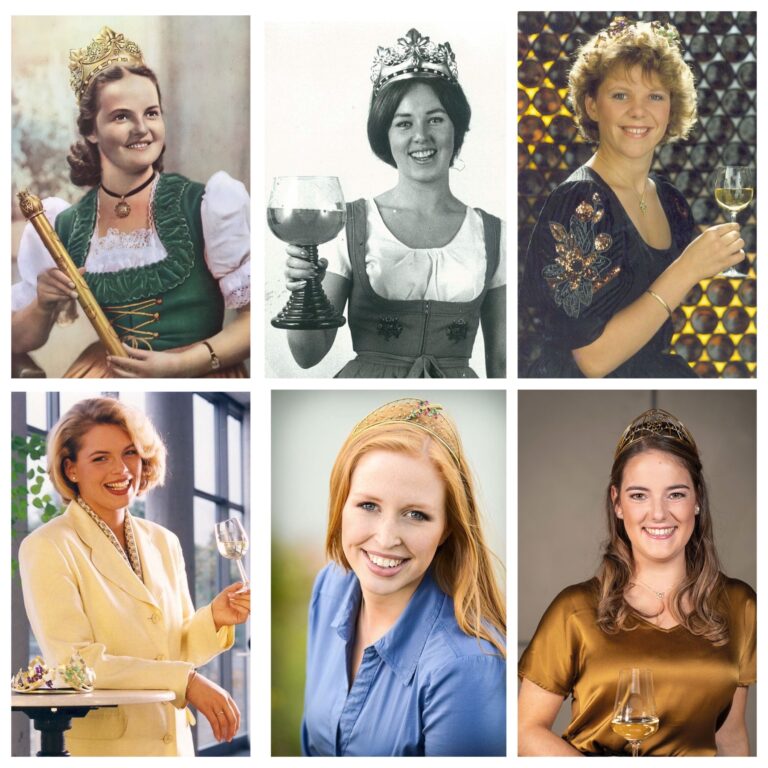
The story starts with a pedicure and a camping van. Each year when the German wine queen visits New York City, Paul Grieco treats her to a pedicure. (If the queen’s mother is also visiting, she gets one, too.) Grieco is a sommelier, vocal Riesling advocate, and owner/manager of Terroir wine bar in New York. He is also part jester, reveling in the micro-tradition of the pedicure while also pointing toward the intellectual esteem in which he holds every queen he’s ever met. Grieco honors the queens, he said, “because we [at Terroir] are fans of history and culture and [the queens] are an…...
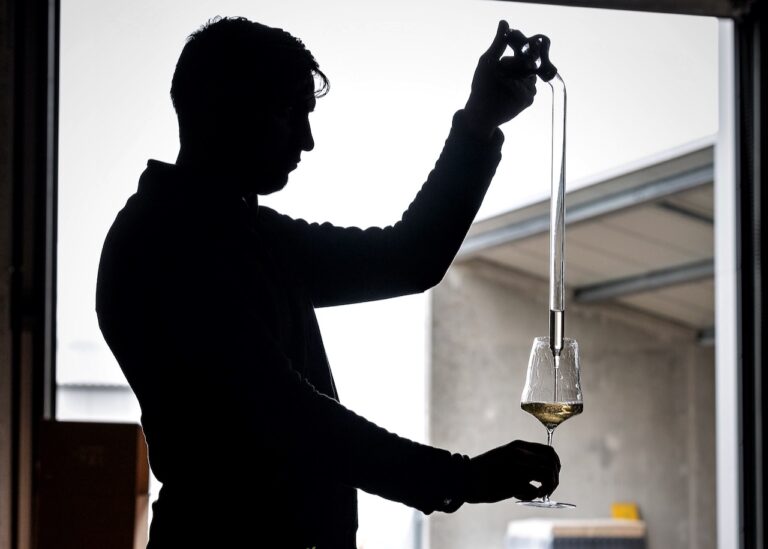
German Chardonnay may be the most thrilling wine for our moment.
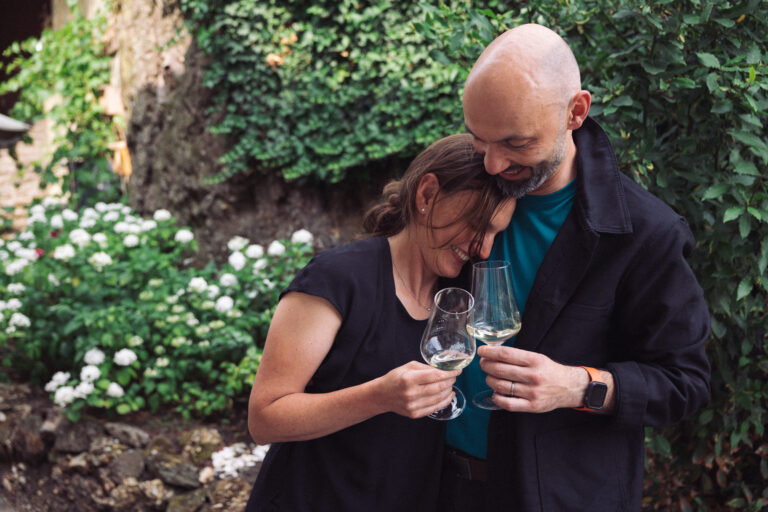
For Valentine's Day, how a chocolate and wine pairing made for a meet-cute that is now writing a new wine narrative in the Nahe.
Enjoy unlimited access to TRINK! | Subscribe Today